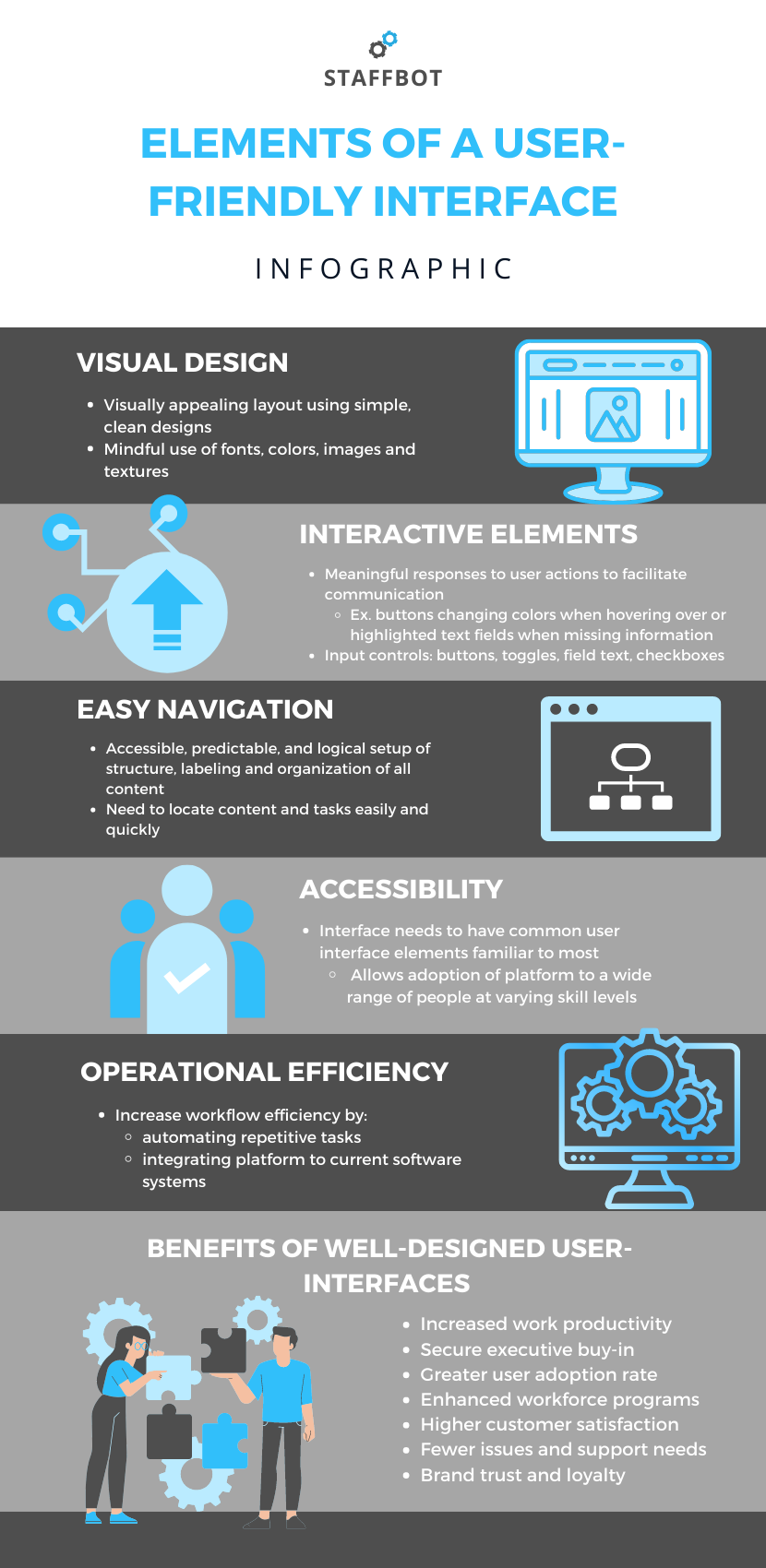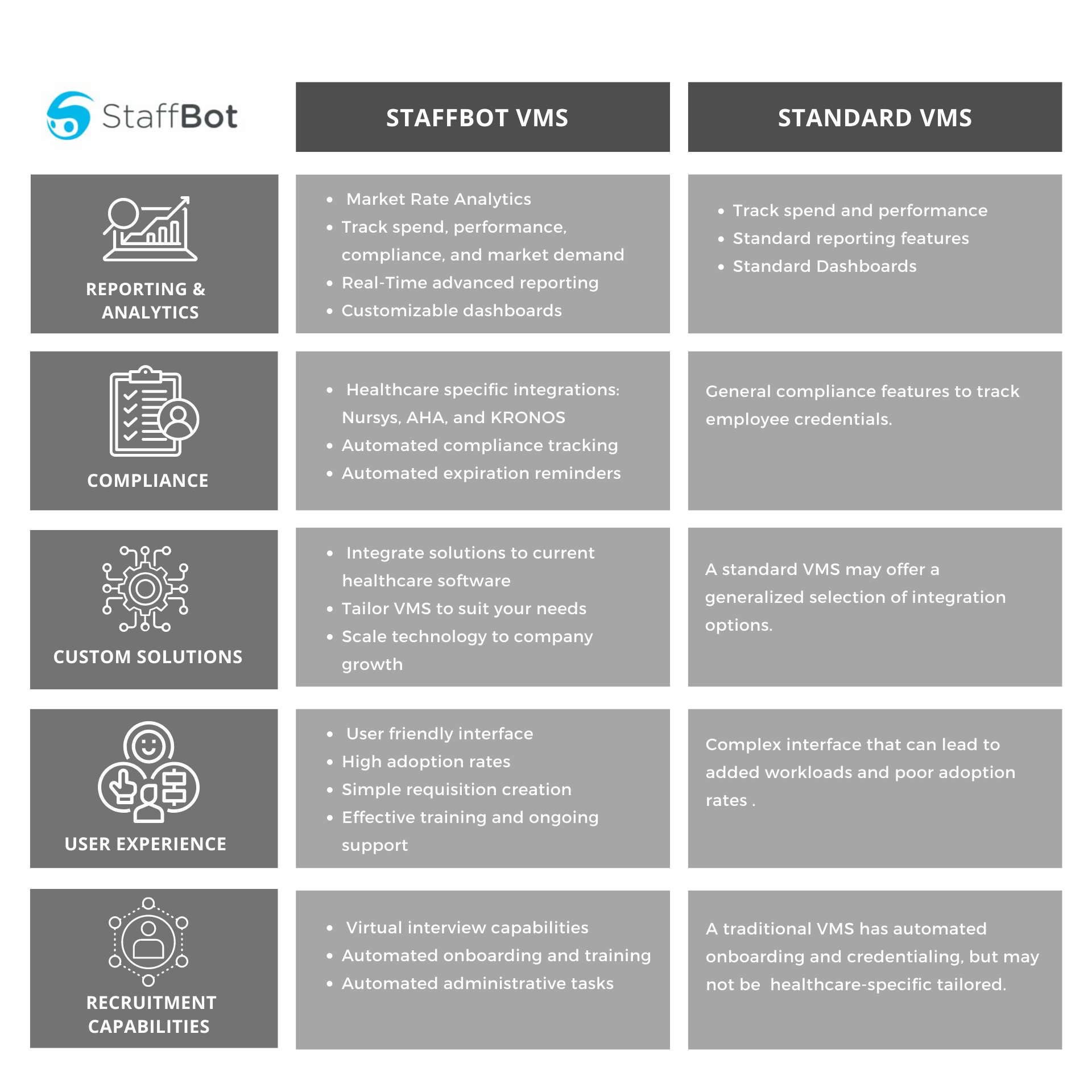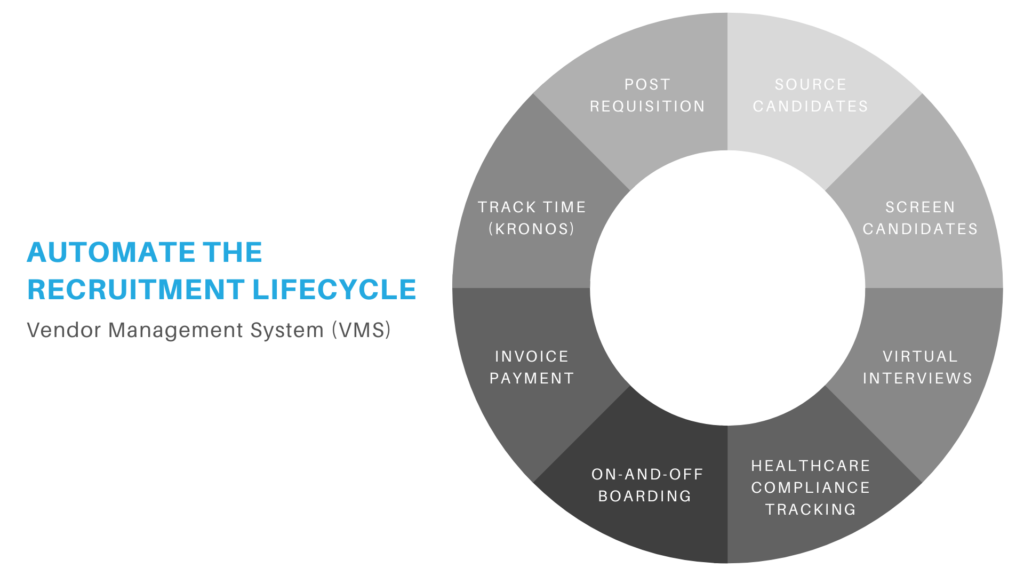
Improving Compliance Management for an External Workforce
Within the healthcare sector, compliance management is a non-negotiable touchpoint within the hiring lifecycle, particularly when it comes to managing contingent labor. Healthcare compliance ensures legal, ethical, and professional practices by requiring legal and technical standards to be met by workers. With healthcare facilities cycling through numerous contingent workers throughout the year, tracking their credentials is a top priority – and no easy feat.
Successfully tracking compliance can be a daunting and extensive task for any healthcare organization. Several factors hinder compliance management, putting organizations at risk for not meeting standards. Failure to fulfill legal compliance standards often entails heavy consequences including costly fines, penalties, lawsuits, and damaged brand reputation.
Common compliance management challenges HR leaders face include:
- Constantly changing requirements and regulations
- Inefficient processes
- Scaling external workforce operations
Requirements and Regulations
The ever-evolving nature of healthcare compliance means that laws and regulations are constantly changing. This makes it difficult for hiring teams to continuously be up-to-date on all new requirements necessary for external workers. Healthcare compliance encompasses a large scope of areas that include classification, onboarding, data privacy, policies, health and safety, as well as local labor laws. Monitoring changes within these various facets of the compliance process can be overwhelming, in addition to subsequently tracking all individuals meeting these changing standards.
Inefficient Processes
Tracking compliance manually is a mistake for healthcare organizations. Manual use of spreadsheets, documents, and utilizing several different platforms to credential contingent employees inherently fragments all processes, creating inefficient, slow compliance tracking that could be riddled with human error. With numerous employees starting and leaving, high turnover rates, a large volume of employees, and several hospital locations, the documentation for each individual becomes too extensive to manually track and increases the risk for compliance oversight.
Scaling Operations
Navigating shifting policies, as well as inefficient compliance processes makes it difficult for healthcare organizations to scale their contingent workforce program. With talent shortages rising, scaling labor programs is a high priority to meet labor demands within many healthcare systems. Organizations strive to grow – and scaling operations efficiently and accurately starts with improving compliance practices.
Improving Compliance
For institutions conducting their own in-house staffing programs or directly sourcing their candidates, technology is necessary to keep programs compliant. Common technology solutions used to oversee recruitment and manage compliance are vendor management systems (VMS).
A VMS creates an automated and efficient credentialing process that significantly improves compliance management. A VMS enables greater efficiency and accuracy by:
- Creating a single source of record
- Tracking expirations
- Automating onboarding and training
Single source of record
A VMS integrates all sources of data within its platform, creating a single source of record. Rather than conducting compliance tracking through various platforms, spreadsheets, and documents, everything is stored within a VMS and is easily accessible to all hiring teams.
The automated nature of a VMS means that credentialing can be done at scale, organization-wide, with a greater level of accuracy and quickly. This helps ensure there is no compliance oversight and risk of penalties, while enabling quicker fill rates.
Additionally, a VMS will integrate with existing software commonly used within your organization to help create a streamlined process. For example, StaffBot’s VMS integrates commonly used healthcare platforms, such as Nursys and the American Heart Association (AHA), to streamline healthcare credentialing. Ensure the VMS you have or are considering is flexible enough to integrate other commonly used compliance platforms, such as background checks.
Expiration Tracking
A key advantage of a VMS are automated features for expiration tracking. Automated alerts notify all parties of upcoming expiration dates, existing expired items, and upcoming deadlines. A VMS will track all licenses, certifications, background checks, trainings, and items specific to your needs to ensure programs are up-to-date on all compliance items. Customize items within a VMS that are specific to your organization, location, or position.
Automated onboarding and training
Compliancy doesn’t stop with having the right documentation. Proper onboarding and training is an essential component in the compliance process. Successful onboarding and training ensures that oncoming labor is equipped for the position, encourages professional engagement, and sets the expectations of the role. Ongoing training also ensures that employees are properly made aware of any changing practices reflective of shifting healthcare regulations and policies. A VMS allows organizations to customize their own onboarding and training process, automate notifications, and halt further processes until training completion. This allows for seamless onboarding and communication between all parties involved.
Service Providers
For organizations using external resources to meet recruitment needs, such as service providers, it’s essential to evaluate the capabilities of their credentialing process to ensure an inflow of qualified talent. Trusted healthcare service providers are well versed in healthcare regulations and are on top of changing requirements, ensuring your organization is up to legal standards. Additionally, service providers have extensive experience in compliance and onboarding and will oversee these processes on your behalf to guarantee qualified talent. Outsourcing recruitment and compliance can be a cost-effective measure in acquiring talent quickly and efficiently without having to deal with nuances of compliance management.
A Healthcare-Tailored VMS
Finding the right VMS provider that meets the changing needs to healthcare recruitment can be an overwhelming task. It’s important to understand the value of a VMS to contingent workforce programs and what makes a VMS the right solution to your organization.
From an easy-user interface to advanced recruitment features, learn how StaffBot offers a competitive advantage to health institutions. StaffBot’s tailor-made VMS addresses healthcare-related recruitment challenges – see for yourself with a complimentary demo! Sign up below to connect with an expert.
Connect with an expert or request a demo
"*" indicates required fields









